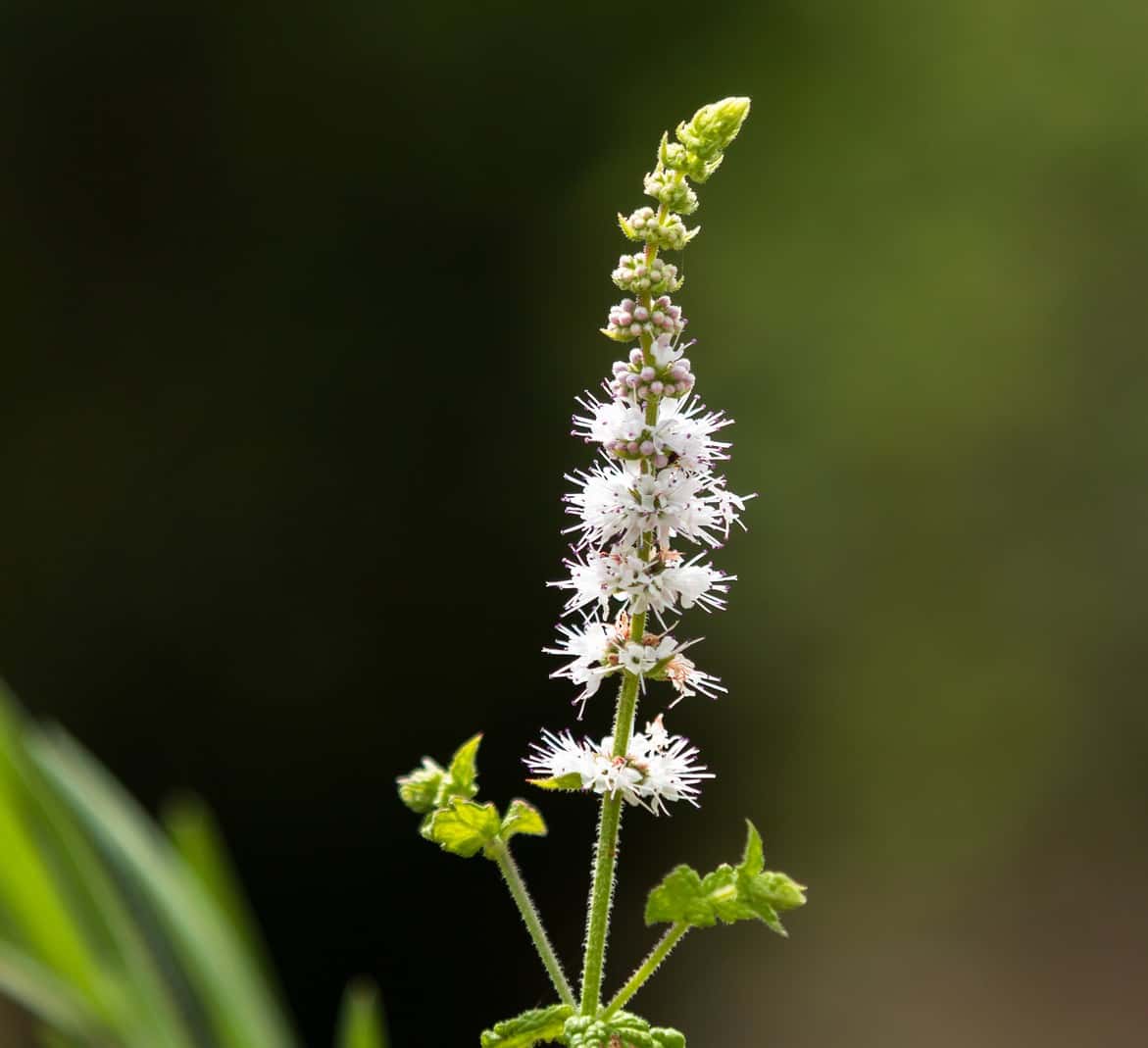
This plant, native to North American forests, has a number of popular names: bugbane, black snakeroot, rattleroot, and squaw root.
It sends up graceful tall spires of white flowers; the black in its common name refers to the root or rhizome, as does cohosh, Algonquian for “rough.”
Native Americans prized black cohosh and used it for a variety of purposes. The settlers learned about it from the Indians, but by the middle of the nineteenth century it was renowned as being helpful for women’s problems, and other uses were more or less forgotten.
Black cohosh was a key ingredient in an immensely popular patent medicine, Lydia E. Pinkham’s Vegetable Compound.
Black cohosh has been used for menopausal symptoms in recent years. The portion of the plant used is underground: the rhizome and roots.
Active Ingredients
The main ingredients are triterpene glycosides, especially actein, related compounds, and cimigoside.
Black cohosh also contains tannins, fatty acids, and phytosterols. In a laboratory test of estrogenic activity, black cohosh extract did not bind to estrogen receptors.
Uses
In Europe, black cohosh is used for symptoms such as hot flashes, headaches, psychological difficulties, and weight gain associated with menopause. It is also reputed to be helpful for premenstrual problems and painful menstrual cramps.
American Indians treated sore throats and rheumatism with this herb, but these uses have not been scrutinized by modern medical studies.
Some of the evidence on the clinical effect of black cohosh is impressive.
In one study, sixty women under forty years of age who had undergone hysterectomy were divided into groups. One group got conjugated estrogen (available in the United States under the brand name Premarin), one was given estriol (another form of estrogen), a third received an estrogen-gestagen sequence, and the fourth group of women took a black cohosh extract.
Bothersome symptoms such as hot flashes disappeared slowly, over the course of four weeks, and at that point there was no difference in response among the four groups. This suggests that black cohosh may be as good at treating symptoms of menopause as are conventional estrogen treatments.
Animal research indicates that black cohosh can lower cholesterol and strengthen bone, as estrogen does. These promising results should be confirmed with clinical investigations in women.
Research should also be conducted on whether black cohosh increases the risk of breast or uterine cancer as estrogen can. Studies in the test tube and in animals are inconsistent regarding the effect of black cohosh on uterine tissue.
Dose
The usual daily dose is equivalent to 40 mg of the herb. It may take four weeks to get the maximum benefit; the herb should not be taken for more than six months until there is more information available on long-term effects.
A standardized German product is available in the United States under the brand name Remifemin, to be taken twice a day.
Special Precautions
Although black cohosh is not mutagenic or carcinogenic and does not cause birth defects in animals, authorities caution pregnant women not to use it. There is a report of premature birth associated with the herb and worries that it could trigger miscarriage.
It is not known whether women who have had breast cancer can safely use black cohosh as a substitute for HRT.
Adverse Effects
Stomachache, nausea, or other digestive distress has been reported.
A six-month study in rats at extremely high doses did not produce any toxicity. Overdose in humans has resulted in dizziness, vomiting, headache, increased perspiration, lowered blood pressure, and visual disturbances.
One woman taking a preparation that included black cohosh experienced seizures. Determining whether the herb was related to this event in any way could prove extremely difficult.
Possible Interactions
No interactions have been reported in the literature. It would seem illogical, however, to mix black cohosh with standard HRT regimens, and it could prove incompatible.

